The PEFTOK Korean War Memorial Hall (PKWMH), built through the joint efforts of the Philippines and South Korea, through their respective defense ministries and veterans affairs offices among other agencies, serves to give a long overdue recognition and appreciation to the soldiers who helped defend and rebuild South Korea.
Inaugurated last March 29, 2012, it also gives recognition to President Elpidio Quirino, under whose term the country sent men to help the United Nations during the Korean War. A bust of the president stands just beside the entrance of the museum.
The Philippines was unique among United Nations (UN) combatants in that it was the only one with an active communist insurgency and the only one whose soldiers had immediate combat experience.
Some 7,420 officers and men (the sixth largest UN contingent) of the Philippine Army served in South Korea under the flag of the elite “Philippine Expeditionary Force to Korea” (PEFTOK), the third UNC ground combat unit to enter the Korean War.
A significant number of PEFTOK soldiers had also fought against the Japanese during World War II. On September 19, 1950, the 10th BCT, the first of five Battalion Combat Teams from the Philippine Army, landed in Busan.
The five battalion combat teams acquitted themselves creditably in combat. Despite having to adapt to the Korean winter, the Philippine contingent fought bravely and took part in decisive battles such as in Battle of Yultong and the Battle of Hill Eerie.
On April 23, 1951, the massively outnumbered 10th BCT, with only 900 men, withstood the night attack of an entire Chinese army of 40, 000 men during the Battle of Yultong in North Korea. Considering the strength of the Chinese, all UN forces retreated, except the Filipinos who engaged the Chinese in a bitter close quarter fighting. UN Command ordered the Filipino forces to disengage but the order was ignored and, instead, they engaged the enemy up to the last man. On September 5, 1951, the 20th BCT relieved the 10th BCT which returned to the Philippines covered in glory as “The Fighting Tenth.”
The 20th BCT again seized Hill Eerie, a strategic observation post that proves invaluable to PEFTOK in the coming battles against the CPV. On 21 June 1952, the 19th BCT, which replaced the 20th BCT, emerged victorious after a fierce four-day battle to defend Hill 191 and Hill Eerie. Heavy losses were inflicted on the Chinese at the gory “Battle for Combat Outpost No. 8″and the triumphant Filipinos plant the National Flag on the summit of Hill 191 to proclaim their victory over the Chinese.
On March 26, 1953, the 14th BCT takes over the PEFTOK colors in Korea. It was then followed by the 2nd BCT, the last PEFTOK contingent, who arrived in Korea on April 19, 1954 and returned in the Philippines on June 1955.
Not one PEFTOK battalion was overrun or made incapable of combat as a result of enemy action despite many hard-fought battles. PEFTOK fought successfully against its main enemy in scores of actions in hills, cities and towns along the 38th parallel. They also helped rebuild South Korea after fighting ended in the Korean War.
Some 500 Filipinos were killed, wounded or captured in the Korean War. The 112 dead include Capt. Conrado D. Yap (posthumously awarded the Philippine Medal of Valor, the U.S. Distinguished Service Cross and the First Class Taegeuk Cordon of the Order of Military Merit on the 65th anniversary of the Korean Armistice Agreement) and Lt. Jose Artiaga, Jr. (posthumously awarded the Philippine Distinguished Conduct Star).
The museum details how the war went for 3 years (from 1953 to 1955), ending in a truce, but no permanent peace treaty that was signed. Inside is a sizable array of artifacts and memorabilia of those who fought in the Korean War, which included a future Philippine president, Fidel V. Ramos as well as two former Philippine ambassadors to South Korea (Col. Nicanor Jimenez and Gen. Ernesto Gidaya).
Korean War-era weapons on display include machine guns (M1917A1 .30 caliber water-cooled machine gun), mortars, the semiautomatic M1 Carbine, rifles (Mosin-Nagant Sniper Rifle, M1918 Browning Automatic Rifle, etc.), submachine guns (M3 submachine gun Caliber .45, M1A1 Thompson submachine gun Caliber .45, PPS43 Pistolet-Polemyot Sudaeva, PPSh41 Pistolet-Polemyot Shpahina, etc.), bazookas (Green bazooka portable rocket launcher), bayonets, etc..
Just outside, beside the memorial building, is a 105 mm. M101 A1 howitzer. Nearby is the PEFTOK Memorial Wall and the PEFTOK historical marker installed by the National Historical Commission of the Philippines in 2015.
Also on display are uniforms, dog tags, belts, water canteens, mess kit and helmets; medals, campaign ribbons and citations; newspaper clippings; old photos and sketch portraits of the commanding officers of the 2nd, 10th, 14th, 19th and 20th BCTs.
Media colleague Arthur Dominic “Art” J. Villasanta, whose late father, Juan “Johnny” Villasanta, was a war correspondent (he wrote news stories for his newspaper, The Evening News) during the Korean War, provided the pictures and wrote the narrative of the history of the Philippines‘ role in the Korean War which were printed on all the large floor panels and part of the wall panels laid out at the museum.
Visual aids narrate the historical timeline of the Korean War, the performance of each BCT during the war and the roster of men in each BCT.
PEFTOK Korean War Memorial Hall: Bayani Rd., Libingan ng mga Bayani Annex, 1630 Taguig City, Metro Manila. Tel: 8844-1855. Open Mondays to Saturdays, 8 AM to 5 PM. Curator: Mark R. Condeno. Coordinates: 14.5248637,121.0454924.

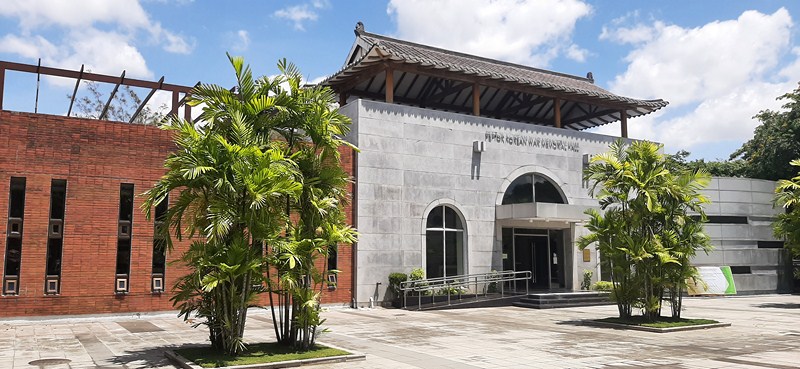
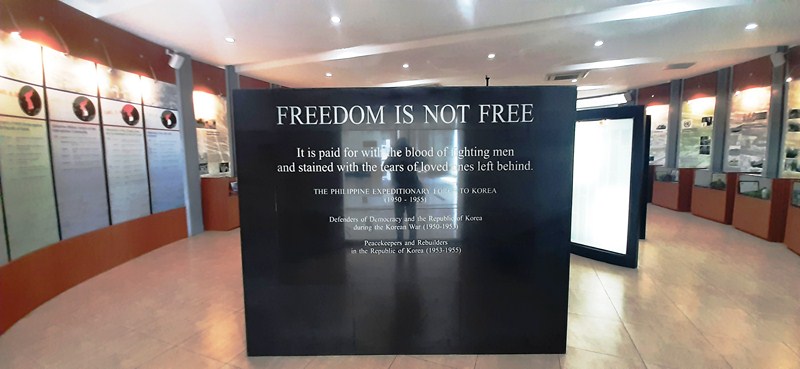
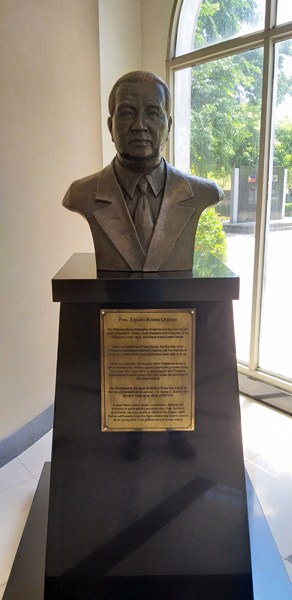
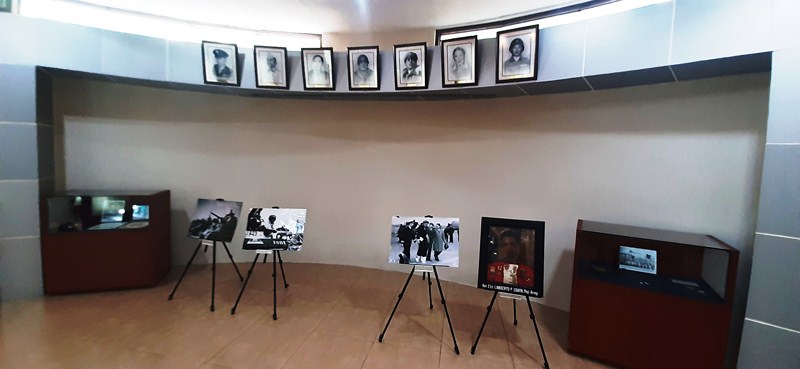
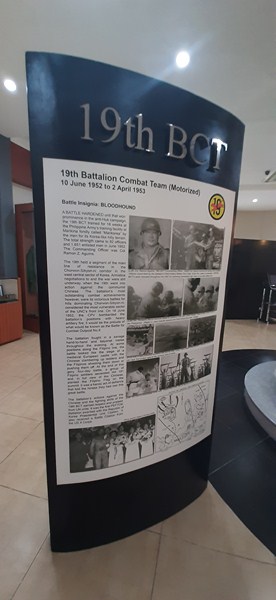
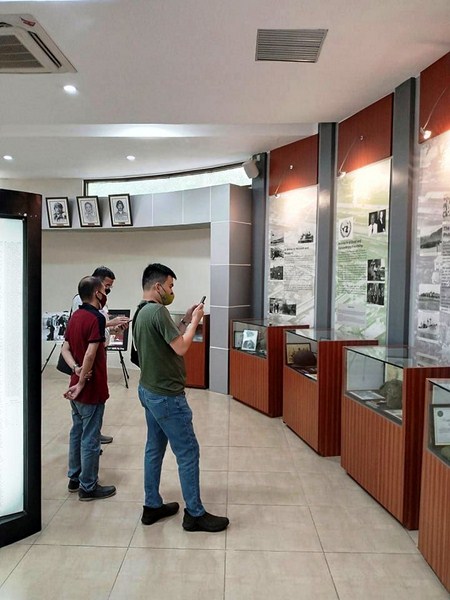
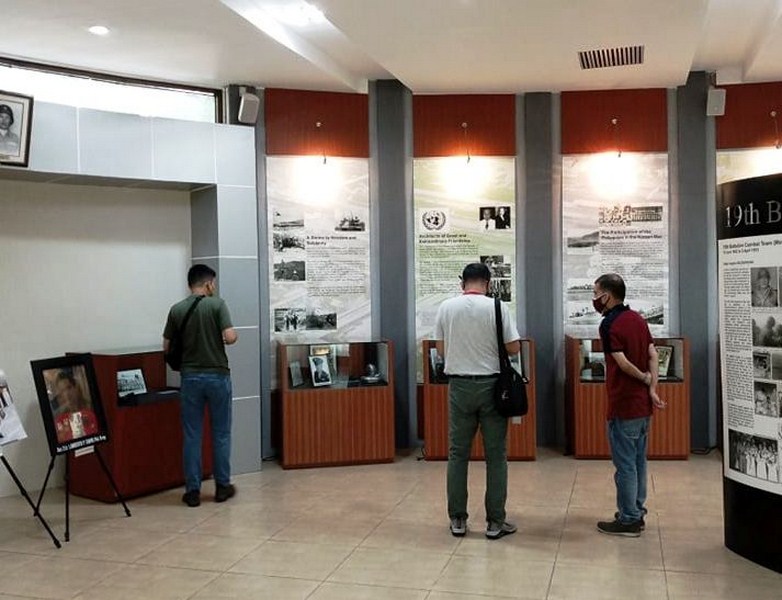
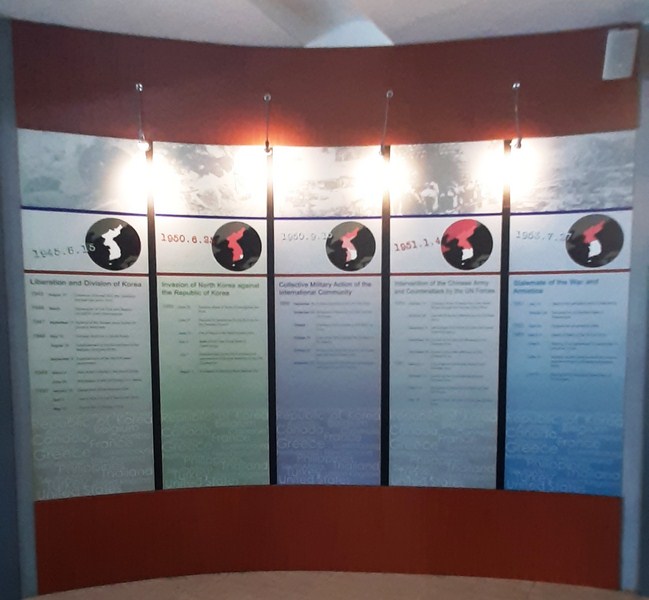
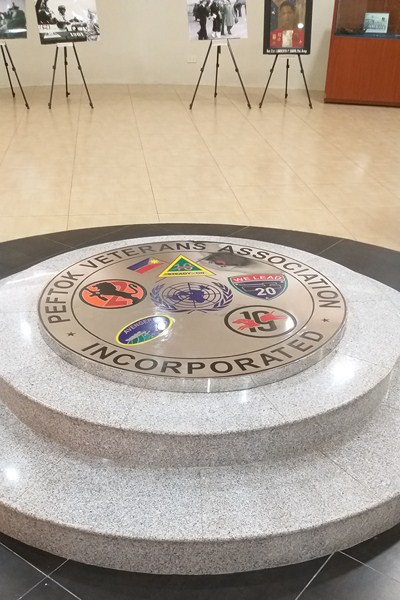
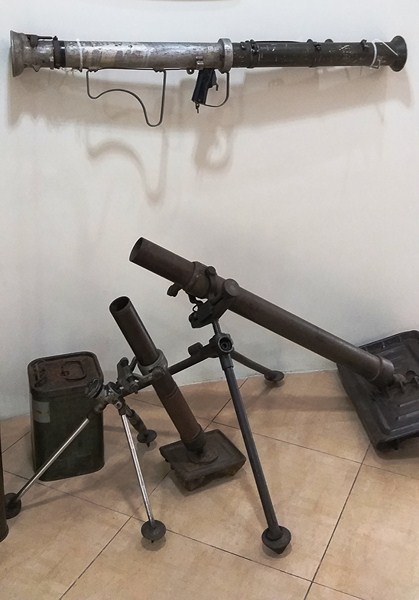
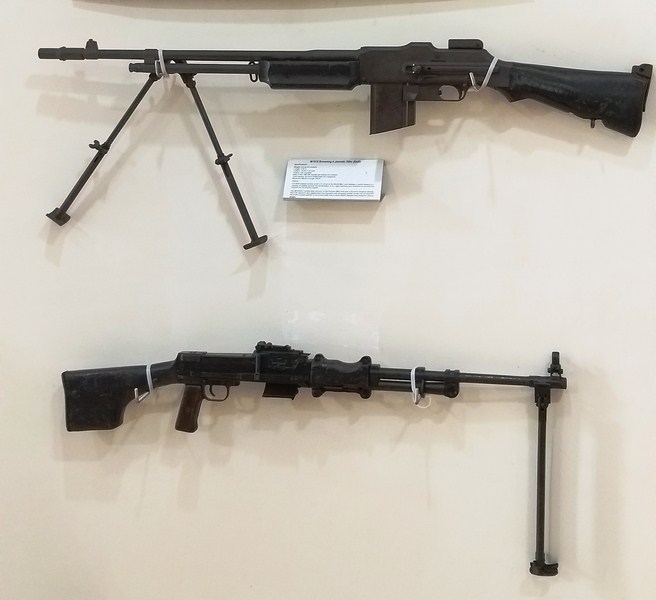
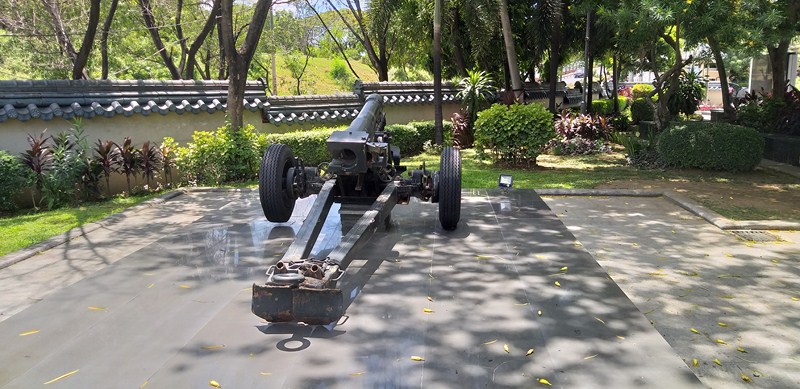

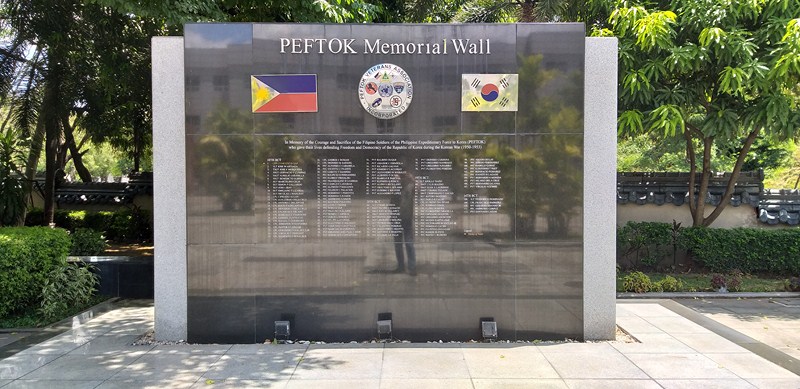
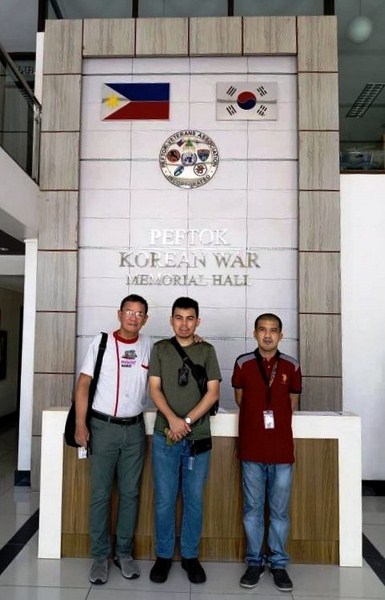
Very educational, interesting to learn about the Philippines (and it’s people) participation (human contribution) itowards ‘world peace’.
Thanks for the kind words. Much appreciated